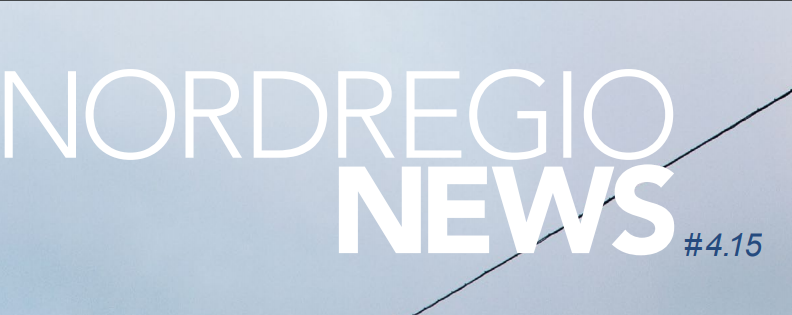Bioeconomy has gained growing attention and importance on the Nordic research and industrial agenda. An increasing number of Nordic actors have attempted to develop the principal products of the bioeconomy: bio-based products and bioenergy. What then is the current state of the art of the Nordic bioeconomy – especially from the viewpoint of regional development? What is the potential of Industrial Symbiosis as a key driver in Nordic regions?
“Bioeconomy” is the hype word of today. What is its future potential, and what are the main initiatives to support the development? That is what we would like to know. To analyse the regional economic potential of the Nordic bioeconomy, the Nordic Input–Output study was implemented.
“The bioeconomy” is defined as an economy where the basic building-blocks for materials, chemicals, and energy are derived from renewable biological resources. This concept of bioeconomy is currently one of the key thematic areas of the Nordic Council of Ministers as well as the EU, and a number of Nordic initiatives have been undertaken in 2014–2015 to gain a deeper understanding of the concept. This study was conducted by Nordregio and Innovation Centre Iceland (ICI) in 2014–2015 as part of the NordBio programme. The findings suggest the following.
- In the regions examined, the highest regional multipliers generally accrue to agriculture, the food industry and wood products.
- The “new” bioeconomy sectors have lower multipliers, largely because they currently do not really interact with the primary sectors, nor are they integrated into them.
- Developing these “new” bioeconomic sectors in isolation would not boost the regional economies in which they are embedded.
- Instead, to contribute to regional multiplier impacts, the associated sectors, as we have denoted them, need to grow in an integrated fashion with the use of regional bioresources and labour.
As a key tool for the analysis of regional direct and indirect economic impacts, the methodology of Input– Output analysis was implemented in a regional case study context. Input–Output analysis is a method of analysing economic interactions between sectors in an economy and calculating multipliers, which indicate the potential of a sector or product to stimulate a wider economic system. Such sectors/activities can also be studied from a scenario-based perspective, based on knowledge about their production processes and interactions with existing sectors.
The study contributes tools and findings to refine the concept of a Nordic bioeconomy in the regions. However, challenges remain in mapping the resources, initiatives and outputs of the Nordic bioeconomy.
The Nordic Input–Output study on the bioeconomy is strongly related to the work of the Nordic Working Group for Green Growth—Innovation and Entrepreneurship programme 2013–2016. The aim of the working group is to contribute to public policy development with a particular focus on innovation and entrepreneurship in the Nordic countries. The working group focuses on the regional policy dimension of potential for green growth, innovation and entrepreneurship.
The working group report on the Nordic bioeconomy is already available, see Bioeconomy in the Nordic countries— in-depth study. The working group report on Nordic Industrial Symbiosis will be published in early December 2015.
This article is part of Nordregio News #4. 2015, read the entire issue here.


